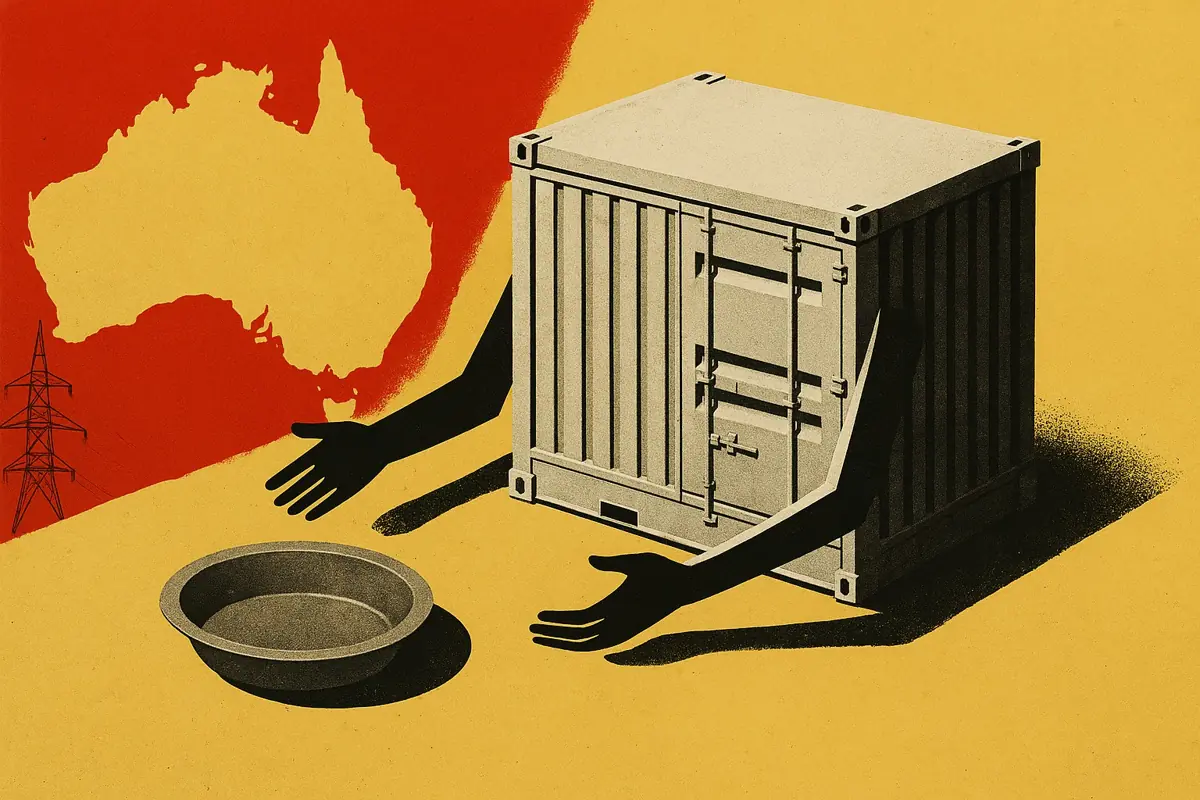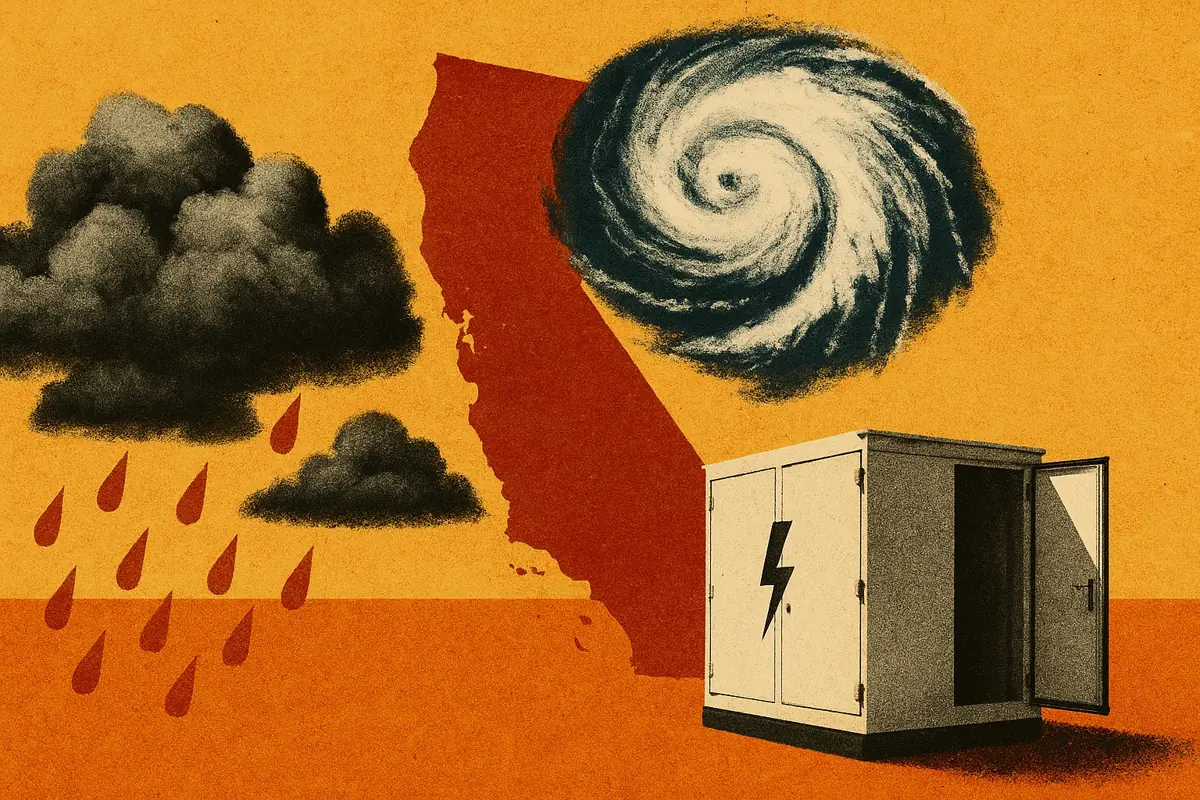Grid-scale batteries in ERCOT earned $24.8/kW-year in the first quarter of 2025 - less than half of what they earned through the same point in 2024.
Despite the saturation of Ancillary Service markets, their awards made up more than a third of the revenue stack for BESS in ERCOT. This nearly matching the contribution from Energy arbitrage performed in the Real-Time Market.
This is - in part - because average one-hour Real-Time spreads were compressed from Q1 2024 to Q1 2025, falling 9% from $44.3/MWh to $39.9/MWh. Higher system demand and increased natural gas prices each played their role in increasing price troughs day-to-day.
However, the increased presence of battery energy storage was the primary factor in reducing spreads in ERCOT’s Real-Time Energy market.
Total BESS capacity in Texas grew by 3.5 GW over the course of 2024. Additionally, batteries are buying and selling Energy at increasingly competitive prices.
In their efforts to dispatch at evening peaks, individual batteries offer Energy at marginally lower prices. In aggregate, that pulls down the clearing price. The same phenomenon happens in midday lulls: marginally higher individual bids leads to higher system prices.
Ancillary Service markets have reached saturation while Energy arbitrage spreads continue shrinking. Both trends are squeezing revenue generation for grid-scale batteries in ERCOT. This report examines how battery operators navigated these challenges in Q1 2025.
Subscribers to Modo Energy’s US research can continue reading to learn more about:
- How Ancillary Service saturation and increases to total installed BESS capacity have changed battery operations in ERCOT’s Energy markets.
- Why increased participation in Energy markets is making it more difficult for battery operators to capture revenue.
- And how the most successful operators navigated the first quarter of 2025 to maximize revenue capture - relative to opportunity.







